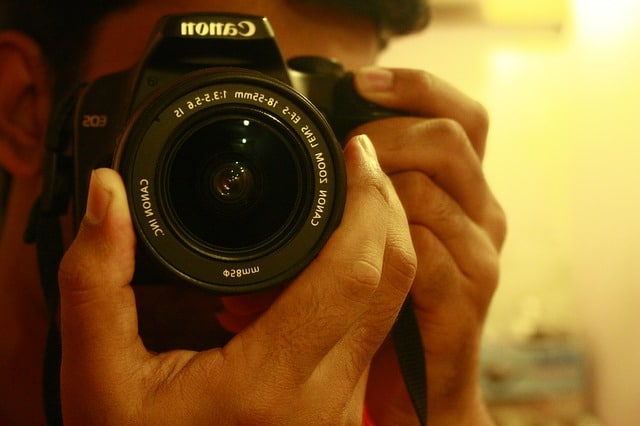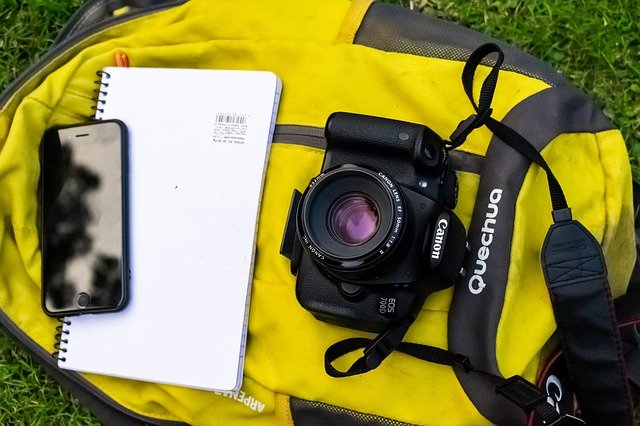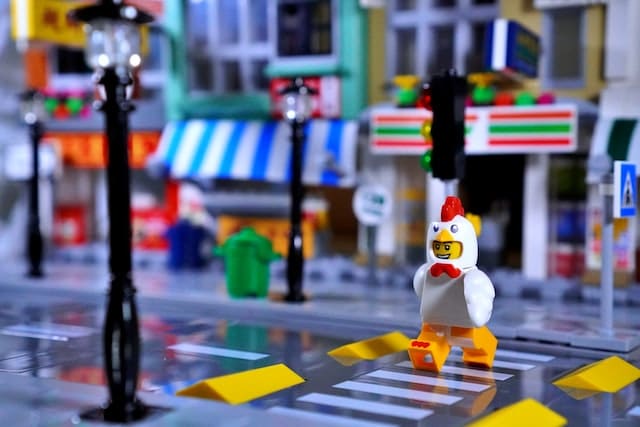When you place your toy figures within a small scale diorama, you're not just staging a scene; you're crafting an entire world that breathes life into your collection. The intricate detailing, from weathered materials to accurate scaling, creates a depth that plain toy setups simply can't achieve. By carefully selecting elements and employing lighting techniques, you guide the viewer's eye and tell a compelling story that goes beyond mere play. Curious about how these artistic choices transform static figures into dynamic narratives? It's the nuances that make all the difference.
Key Takeaways
- Small scale dioramas create immersive and realistic environments, enhancing the believability of toy figure scenes.
- Accurate scaling in dioramas ensures that all elements are proportionate, making the scene feel cohesive.
- Detailed textures and realistic materials add depth and authenticity, elevating the overall visual impact.
- Strategic lighting techniques highlight key aspects, guiding the viewer's eye and enhancing the dramatic effect.
- Thoughtful composition and character interaction bring toy figure scenes to life, fostering emotional engagement and storytelling.
Enhancing Realism
When it comes to enhancing realism in small scale dioramas, paying attention to detail is key. You'll want to focus on the minutiae that make a scene believable. The first step is choosing high-quality materials. Opt for textured paints and realistic foliage to give your diorama an authentic feel. Using props to create a realistic scene can also add life to your photos. Next, think about the wear and tear that objects would naturally undergo. Weathering techniques, like dry brushing and washes, can add a sense of age and history. For instance, a rusted metal gate or a moss-covered stone wall tells a story beyond its mere presence.
Don't overlook the power of accurate scaling. Certify all elements, from figures to props, are proportionate. A tiny bench should look like it fits the scene naturally, not as an oversized or undersized anomaly. Experiment with different backgrounds to add contrast and interest to your shots. Incorporating natural elements, like tiny pebbles and real sand, can elevate your diorama. These small touches make a big difference in achieving realism. Finally, lighting should mimic natural light sources to cast believable shadows and highlights, adding depth and dimension.
Creating Depth
Creating depth in your diorama involves layering visual elements, using perspective tricks, and enhancing background details. Start by positioning larger objects in the foreground and smaller ones further back to mimic real-life distances. You can also paint or craft detailed backgrounds to add more realism and dimension. Consider using interesting color combinations to add visual appeal and create contrasts that enhance the sense of depth. Experiment with different angles and lighting conditions to see how shadows and highlights can further enhance the three-dimensional effect of your scene
Layering Visual Elements
One crucial technique to enhance the realism of your small-scale dioramas is layering visual elements to create depth. This approach breathes life into your scenes, making them more engaging and believable. By positioning objects at varying distances and heights, you can simulate the complex, multi-dimensional world we see every day.
- Foreground Elements: Place smaller objects or details like rocks, plants, or miniature debris in the front. These draw the viewer's eye into the scene.
- Middle Ground: Position your main subjects, such as toy figures or structures, here. This is the core of your diorama where most action occurs.
- Background Elements: Use larger elements like trees, buildings, or mountains. These create a sense of scale and context.
- Overlapping Items: Arrange objects so they partially obscure one another. This technique tricks the eye into perceiving depth.
Utilizing Perspective Tricks
Building on the concept of layering visual elements, another method to enhance the depth of your diorama involves utilizing perspective tricks. By playing with scale and positioning, you can create a convincing illusion of distance. Place smaller figures or objects in the background and larger ones in the foreground. This simple adjustment tricks the eye into perceiving depth, making your scene feel more expansive.
You can also use forced perspective to your advantage. Tilt objects slightly or position them at an angle that suggests they're further away than they actually are. For instance, a toy car placed on a slight incline appears to be driving off into the distance, adding a dynamic element to your scene.
Another effective trick is to use converging lines. Arrange elements so they guide the viewer's eye toward a single vanishing point. This technique mimics how we naturally perceive depth in real life, making your diorama more immersive.
Enhancing Background Details
To truly elevate the realism of your diorama, focus on enhancing background details. Creating depth isn't just about placing objects at varying distances; it's about making those elements contribute to the overall narrative. Background details, when executed correctly, draw the eye deeper into the scene, making it more immersive.
- Layered Backdrops: Use multiple layers of backdrops to create a sense of distance. Each layer can have different levels of detailing, from high-detail in the foreground to softer, less defined shapes in the back.
- Texture Variation: Incorporate different textures to add complexity. For instance, a rocky terrain can shift into a smooth riverbed, and then into a forested area, each with its unique texture.
- Lighting Effects: Use lighting strategically to highlight certain areas and cast shadows, which can make the scene feel more three-dimensional. Backlighting can create silhouettes, adding to the depth.
- Color Gradients: Gradually shift colors from foreground to background. Warmer, brighter colors in the foreground contrasted with cooler, subdued tones in the background can create a sense of atmospheric perspective.
Storytelling Elements
To make your diorama truly riveting, focus on the storytelling elements that enhance visual narrative impact and boost emotional engagement. Props can create a specific atmosphere or mood in a toy photograph, ensuring that even the smallest details contribute to the overall feel and story. Think about the story you want to tell and how each tiny detail contributes to it. You'll find that even small adjustments can transform your scene into a powerful narrative
Visual Narrative Impact
Visual narrative impact is crucial in small scale dioramas because it transforms static scenes into compelling stories. When you set up your diorama, you're not just showcasing figures; you're crafting a visual tale that engages the viewer's imagination. The way you position characters, objects, and backgrounds can convey complex narratives that draw people in.
To achieve this, consider these key elements:
- Dynamic Posing: Arrange your figures in action poses that suggest movement or interaction. This makes the scene feel alive and tells a story without words.
- Layering: Use foreground, middle ground, and background elements to create depth. This technique adds a sense of realism and places your characters within a believable environment.
- Lighting: Play with light and shadow to highlight important aspects of the scene and set the mood. Proper lighting can dramatically enhance the storytelling aspect.
- Details: Add small, deliberate details that contribute to the narrative. A discarded weapon, a hidden clue, or a specific expression on a figure can all add layers to your story.
Emotional Engagement Boost
When creating small scale dioramas, capturing emotional engagement is key to making your scenes memorable. You want your audience to feel something when they look at your work, whether it's nostalgia, excitement, or even a bit of sadness. The small details you include can make or break this connection. Think of the diorama as a stage where each element plays a role in telling a story.
First, focus on your characters. Position them in ways that convey emotion through body language and facial expressions. A toy figure looking longingly out a window or a group huddled closely together can evoke powerful feelings.
Next, consider the setting. The environment should complement the emotions you're trying to convey. Dark, shadowy corners can create tension, while bright, open spaces might evoke happiness and freedom.
Props are another vital element. A well-placed item, like a worn-out teddy bear or a broken toy, adds depth to the narrative, making the scene feel lived-in and real.
Artistic Expression
Although small scale dioramas are miniature in size, they offer vast opportunities for artistic expression. You can transform a simple scene into a riveting narrative, showcasing your creativity and attention to detail. Dioramas allow you to blend various artistic techniques, making each piece a unique masterpiece. The right camera gear is vital for capturing these detailed scenes, ensuring your work is represented with the clarity it deserves.
Consider these elements to elevate your diorama's artistic expression:
- Color Palette: Use colors to evoke emotions and set the scene's mood. Bright hues can create a lively atmosphere, while muted tones can convey a sense of nostalgia or tension.
- Textures: Incorporate different materials like sand, grass, and water effects to add realism and depth. Textures can make the scene more immersive and tactile.
- Lighting: Play with light and shadows to highlight focal points and create dramatic effects. Proper lighting can transform an ordinary setup into a stunning visual experience.
- Composition: Arrange your figures and elements thoughtfully to guide the viewer's eye through the scene. A well-composed diorama tells a story and engages the audience
Scale Accuracy
In addition to artistic expression, maintaining scale accuracy is paramount to crafting a convincing diorama. When you get the proportions right, every element—from tiny props to the toy figures themselves—aligns perfectly, creating a seamless miniature world. Scale accuracy guarantees that your diorama doesn't just look good; it feels real.
Imagine placing a 1:12 scale figure next to a 1:24 scale piece of furniture. The discrepancy would immediately disrupt the scene's believability. By sticking to a consistent scale, you certify that each component complements the others, enhancing realism. Pay attention to the dimensions of every item you include. Measure twice, place once.
To achieve this, use tools like scale rulers and conversion charts. These tools help you translate real-world measurements into your chosen scale accurately. Don't just eyeball it—precision is key. When elements are correctly scaled, even the smallest details, like a book or a cup, contribute to the overall authenticity.
Accurate scaling also makes it easier to source materials and accessories. Many hobby shops categorize items by scale, so knowing your diorama's scale streamlines the shopping process. Ultimately, scale accuracy sets the foundation for a truly immersive and engrossing miniature scene.
Lighting Techniques
Lighting techniques are crucial for bringing your diorama to life, creating atmosphere and depth that enhance its realism. By using the right lighting, you can highlight details, create shadows, and set the mood for your scene.
- Natural Light Simulation: Use warm, diffused lighting to mimic sunlight. Position light sources at an angle to replicate the natural play of light and shadow.
- LED Lights: These are great for creating specific effects, like a glowing campfire or a flickering streetlamp. They're energy-efficient and available in various colors.
- Backlighting: Place lights behind elements like trees or buildings to create a silhouette effect. This adds depth and makes the scene more dramatic.
- Spotlighting: Focus a small, intense beam on a particular figure or object to draw attention to it. This technique is useful for highlighting key parts of your diorama.
Experiment with different angles and intensities to see what works best for your scene. Remember, the goal is to make your diorama as lifelike as possible, so don't be afraid to adjust and refine your lighting setup until it's just right.
Material Selection
Choosing the right materials is crucial for creating a realistic and durable diorama. First, think about the base. You want something sturdy like foam board or plywood that won't warp over time. These materials provide a solid foundation for everything else you'll add.
Next, consider the terrain. Modeling clay and plaster are excellent for sculpting hills and valleys. They hold their shape well and can be painted to look incredibly realistic. For vegetation, use a mix of natural materials like dried moss and synthetic options such as static grass or flocking. These elements add texture and depth, making your scene come alive.
When it comes to buildings and structures, balsa wood and plastic sheets are your best friends. They're easy to cut, shape, and paint, allowing you to create detailed and intricate models. Don't forget the importance of adhesives; a good-quality glue guarantees everything stays in place.
Display Ideas
When it comes to showcasing your diorama, think about how to best highlight its details and craftsmanship. The right display can make a significant difference, drawing attention to the intricate elements you've worked so hard on.
- Glass Cases: These offer protection from dust and curious hands while providing a clear view from all angles. Plus, they add a professional touch.
- Lighting: Use LED strip lights or spotlights to enhance key features. Adjustable lighting can emphasize textures and colors, making your scene more dynamic.
- Wall Shelves: Floating shelves or shadow boxes can turn your diorama into a piece of wall art. This method saves space and creates an eye-catching focal point in any room.
- Rotating Bases: A motorized rotating base allows viewers to see every angle without having to handle the diorama. It guarantees your work is appreciated in its entirety.
Experiment with these ideas to find what best suits your diorama. Remember, the goal is to showcase your hard work while keeping the scene engaging and accessible for viewers, taking into account how to best draw attention to its intricate elements.
At a Glance
By mastering small scale dioramas, you'll elevate your toy figure scenes to new heights. You'll craft realistic, immersive environments that captivate and tell intricate stories. With attention to detail, accurate scaling, and clever lighting, your dioramas transform toy figures into compelling characters. The materials you choose and the artistic expression you bring will draw viewers in, inviting them to engage deeply with the miniature world you've created. So, plunge into the creative process and let your creativity shine.





